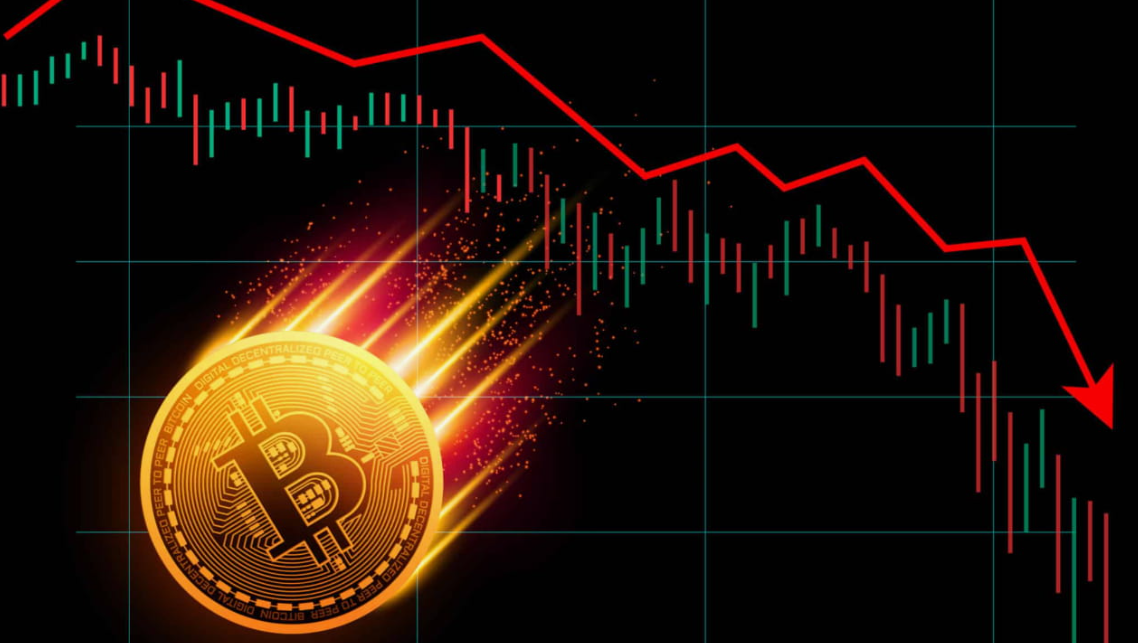Hey there! If you’re looking to get the hang of trading gold, then understanding XAU/USD historical data is a must. Why? Because past performance can give you hints about future trends. In this article, we’ll chat about how you can analyze this data to make smarter trading decisions. So, let’s dive right in!
What Is XAU/USD Historical Data?
Alright, let’s start with the basics. XAU/USD represents the price of one troy ounce of gold in US dollars. When we talk about historical data, we’re looking at how this price has changed over time. This includes daily prices, monthly averages, and even yearly trends. Analyzing this data can help you spot patterns and make informed decisions.
Why Is Historical Data Important?
You might be wondering, why should I even care about historical data? Well, here are a few reasons:
- Identifying Trends: By looking at past data, you can see if gold prices tend to rise or fall during certain periods.
- Making Predictions: Patterns in historical data can help you forecast future price movements.
- Risk Management: Understanding past volatility can help you set your risk parameters better.
In short, analyzing XAU/USD historical data can give you a leg up in the trading game!
How to Analyze XAU/USD Historical Data
Now, let’s get into the nitty-gritty of analyzing this data. Here’s a step-by-step guide to help you out.
1. Gather Your Data
First things first, you need to collect your historical data. There are plenty of sources out there, but I recommend using reliable platforms like FXpricing. Here’s what you should look for:
- Real-Time Updates: Get the latest prices to compare against historical data.
- Historical Charts: Check for different time frames like daily, weekly, and monthly.
- Market News: Stay updated on news that could influence gold prices.
2. Visualize the Data
Once you have your data, it’s time to visualize it. Charts are a fantastic way to see trends and patterns quickly. You can use line charts, bar charts, or candlestick charts. Here’s how they help:
- Line Charts: Good for spotting overall trends over time.
- Bar Charts: Help you understand price movements within specific time frames.
- Candlestick Charts: Provide more detailed info, including opening, closing, high, and low prices.
3. Look for Patterns
Now that you’ve got your charts set up, it’s time to look for patterns in the XAU/USD historical data. Some common patterns to watch for include:
- Uptrends and Downtrends: See if gold prices are generally rising or falling over a certain period.
- Support and Resistance Levels: Identify price levels where the market tends to bounce back (support) or face obstacles (resistance).
- Seasonal Trends: Sometimes, gold prices might have seasonal patterns. For instance, they might rise around holiday seasons when demand increases.
4. Use Technical Indicators
If you want to dig even deeper, consider using technical indicators. These are tools that help you analyze price movements and predict future trends. Here are a few popular ones to check out:
- Moving Averages: They smooth out price data to help you identify trends. For example, the 50-day moving average can show you the medium-term trend.
- Relative Strength Index (RSI): This tells you if gold is overbought or oversold. An RSI above 70 might indicate that gold is overbought, while below 30 could suggest it’s oversold.
- Bollinger Bands: These help you see how volatile the price is and can indicate potential price breakouts.
5. Keep an Eye on Economic Indicators
Gold prices don’t just change randomly; they react to economic events and news. Here are some key economic indicators to keep track of:
- Inflation Rates: Gold is often seen as a hedge against inflation. When inflation rises, gold prices may follow.
- Interest Rates: Lower interest rates make gold more attractive since it doesn’t earn interest like bonds do.
- Geopolitical Events: Wars, trade disputes, or elections can create uncertainty and push people toward gold.
6. Stay Updated with Market News
It’s also super important to stay in the loop with current market news. Events can have immediate impacts on XAU/USD prices. Here’s what to follow:
- Financial News Outlets: Websites like Bloomberg or Reuters can provide valuable insights.
- Central Bank Announcements: Pay attention to what the Federal Reserve or other central banks say, as it can affect the dollar and, in turn, gold prices.
- Market Sentiment: Sometimes, the market’s mood can shift based on rumors or speculation. Being aware can give you an edge.
Personal Insights on Analyzing XAU/USD Historical Data
From my experience, analyzing historical data has been a game changer. When I first started trading, I mainly focused on current prices without looking back. Once I began studying past trends, I noticed patterns that helped me predict future movements.
For instance, during times of economic uncertainty, I saw that gold prices tended to rise. This insight allowed me to make more strategic trades, especially during market dips. I also learned that using multiple data sources helped me get a fuller picture. Sometimes, one source might miss important market news that could influence prices.
Conclusion
Analyzing XAU/USD historical data is crucial for anyone serious about trading gold. By following these steps—gathering data, visualizing it, looking for patterns, using indicators, and staying updated—you can make more informed trading decisions.
Don’t forget to check out FXpricing for real-time and historical data to enhance your trading experience. Remember, knowledge is power, especially in the world of trading!
FAQs
1. What is XAU/USD?
XAU/USD represents the price of one troy ounce of gold in US dollars.
2. Why is historical data important for trading gold?
Historical data helps identify trends, make predictions, and manage risks in trading.
3. Where can I find XAU/USD historical data?
You can find reliable historical data on platforms like FXpricing, which offers comprehensive market insights.
4. What are some common patterns to look for in XAU/USD historical data?
Common patterns include uptrends, downtrends, support and resistance levels, and seasonal trends.5. How do economic indicators affect gold prices?
Economic indicators like inflation rates and interest rates can influence gold demand, thus affecting XAU/USD prices.





